North Korea: What we can expect from Kim Jong-un in 2023
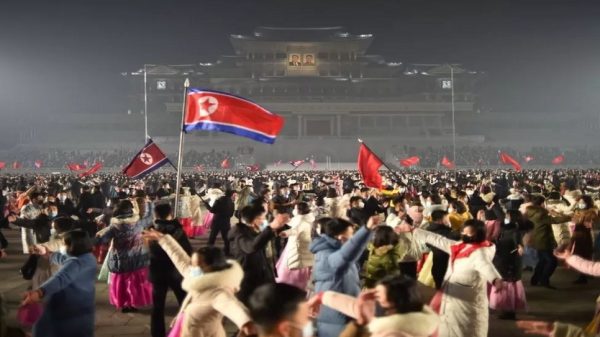
Shawdesh Desk:
North Korea had a record-busting 2022.
It fired more missiles than ever before in a single year. In fact, a quarter of all missiles North Korea has ever launched hit the skies in 2022. It was also the year that Kim Jong-un declared that North Korea had become a nuclear weapons state and that its weapons were here to stay.
This has raised tensions on the Korean peninsula to their highest since 2017, when then US President Donald Trump threatened North Korea with “fire and fury”.
So, what comes next?
Nuclear weapons development
In 2022, North Korea made significant progress on its weapons. It began the year by testing short-range missiles designed to hit South Korea, followed by mid-range ones that can target Japan.
By the end of the year it had successfully tested its most powerful intercontinental ballistic missile to date – the Hwasong 17, which in theory is capable of reaching anywhere on the US mainland.
Mr Kim also lowered his threshold for using nuclear weapons. After announcing in September that North Korea had become an irreversible nuclear weapons state, he revealed that these weapons were no longer designed just to prevent war, but that they could be used pre-emptively and offensively, to win a war.
As the year drew to a close, he gathered the members of his ruling Workers’ Party, to set out his goals for 2023.
Top of his list is to “exponentially increase” the production of nuclear weapons. This must include, he said, the mass production of smaller, tactical nuclear weapons, which could be used to fight a war against South Korea.
This is the most serious development, according to Ankit Panda, a nuclear weapons expert at the Carnegie Endowment for International Peace.
To make tactical nuclear weapons, North Korea first must produce a miniaturised nuclear bomb, which can be loaded onto a small missile. The world is yet to see proof that Pyongyang has been able to do this. The intelligence community spent most of 2022 waiting for it to test such a device, but the test never came – 2023 may well be the year.
Other items on Mr Kim’s new year list are a spy satellite, which he claims will be launched into orbit this spring, and a sturdier solid-fuelled ICBM, which could be fired at the US with less warning than his current model.
We can therefore assume 2023 will have a distinctly 2022 feel, with Pyongyang continuing to aggressively test, refine and expand its nuclear arsenal, in defiance of UN sanctions.
Indeed, less than three hours into the new year it had already conducted its first missile test.
But, Mr Panda says, “most missile launches in the coming year may not be tests, but training exercises, as North Korea now prepares to use its missiles in a possible conflict”.
Any talking?
With such an extensive list of goals to work through, it is unlikely the North Korean leader will choose this year to return to talks with the US. The last round of denuclearisation negotiations collapsed in 2019, and ever since Mr Kim has shown no sign of wanting to talk.
One line of thinking is that he is waiting until he has maximum leverage. Not until he has proven beyond doubt that North Korea is capable of inflicting destruction on the US and South Korea, will he return to the table, to negotiate on his terms.
Instead, over the past year, North Korea has drawn closer to China and Russia. It could well be in the process of fundamentally changing its foreign policy, said Rachel Minyoung Lee, who worked as a North Korea analyst for the US government for 20 years, and is now with the Open Nuclear Network.
“If North Korea no longer views the US as necessary for its security and survival, it will profoundly impact the shape and form of future nuclear negotiations,” she said.
Tensions on the peninsula
In the meantime, a volatile situation is developing on the Korean peninsula.
For every perceived “provocation” by the North, South Korea – and sometimes the United States – retaliates.
This began in May 2022, with the arrival of a new South Korean president, who promised to be tougher on North Korea. President Yoon Suk-yeol is guided by the belief that the best way to stop the North is to respond with military strength.
He re-started large-scale joint military exercises with the United States, against which the North protested and launched more missiles. This set off a tit-for-tat cycle of military action, which has involved both sides flying warplanes near to their border, and firing artillery into the sea.
Last week, the situation escalated, when the North unexpectedly flew five drones into South Korean airspace. The South failed to shoot them down, exposing a weak spot in its defences and triggering concern among ordinary South Koreans, who are usually unfazed by the North’s activities.
The president vowed the South would retaliate and punish the North for every provocation.
Chad O’Carroll, CEO of Korea Risk Group, an analysis service which monitors North Korea, predicts that in 2023, this could likely lead to a direct confrontation between the two Koreas, which could even result in deaths.
“Responses by either the North or South could escalate to the point where we see the exchange of actual fire, intentional or otherwise,” he said.
One mistake or miscalculation and the situation could spiral.
Inside North Korea
Just as pressing a question is what does 2023 hold for the people of North Korea?
They have been subjected to three years of strict pandemic-related border closures. Even trade was suspended in an attempt to keep the coronavirus out, which humanitarian organisations believe has led to severe shortages of food and medicine. Last year, in a rare admission, Mr Kim spoke of a “food crisis”.
Then in May 2022, North Korea admitted its first outbreak of the virus, but mere months later claimed to have defeated it.
So will 2023 be the year it finally reopens its border with China, and allows people and supplies back in?
China’s reopening brings hope. North Korea is reportedly vaccinating people living along the border in preparation, but given its precarious healthcare, Ms Lee is cautious.
“Barring an emergency, such as its economy on the brink of collapse, it is unlikely North Korea will fully reopen its borders until the pandemic can be considered over globally, particularly in neighbouring China,” she said.
One more development to watch for is clues about who will lead North Korea after Mr Kim. His succession plan is unknown, but last year he publicly revealed one of his children for the first time – a girl, thought to be his daughter Kim Chu-ae.
She has been pictured now at three military events, with more photos released on New Year’s Day, leading some to speculate whether she is the chosen one.
Of course, North Korea is anything but predictable, and 2023 looks set to be as unpredictable and unstable a year as the last.


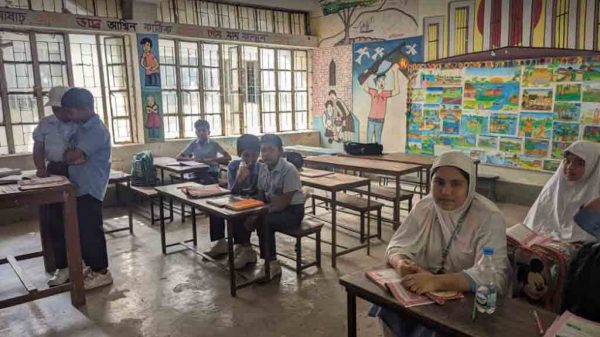
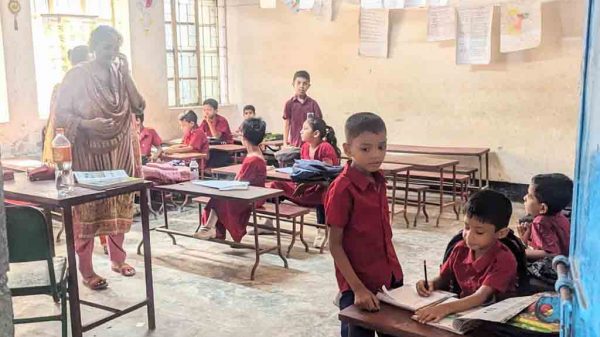
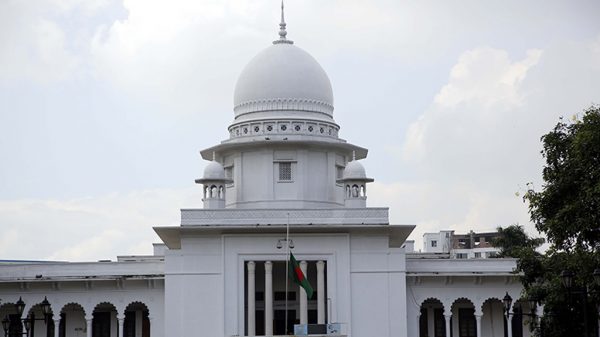
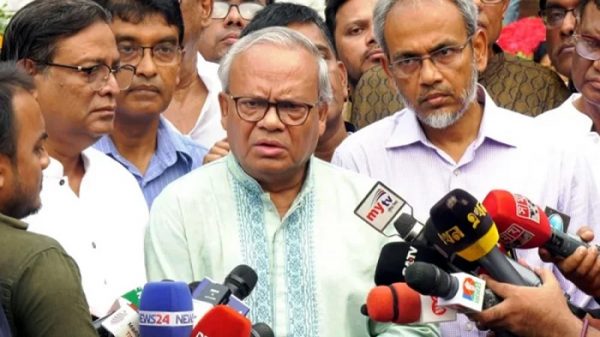

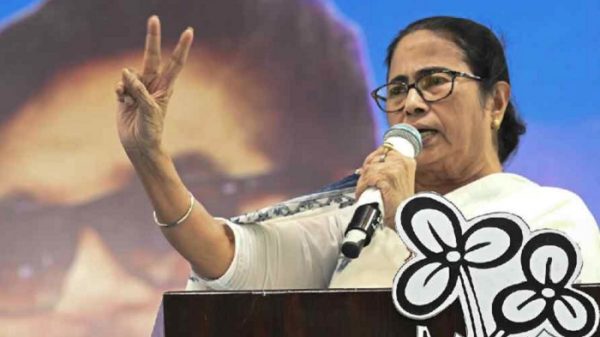
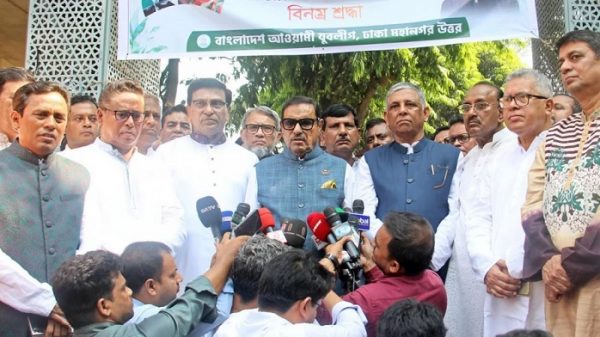
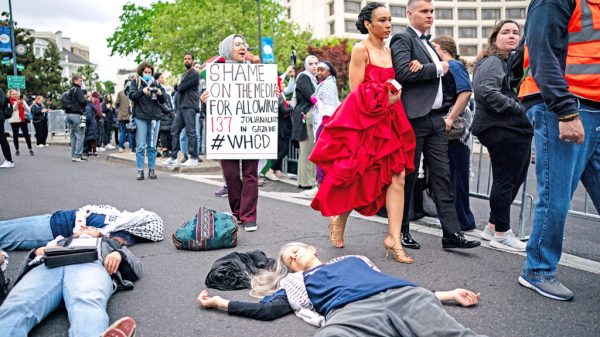
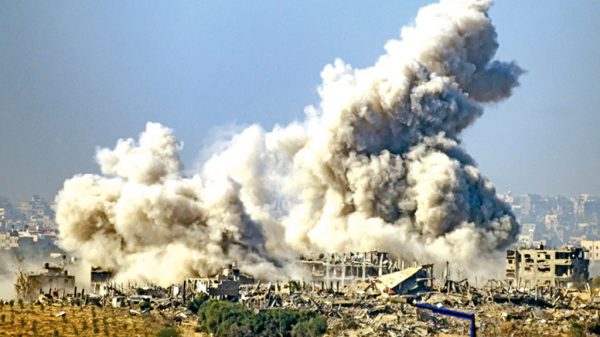
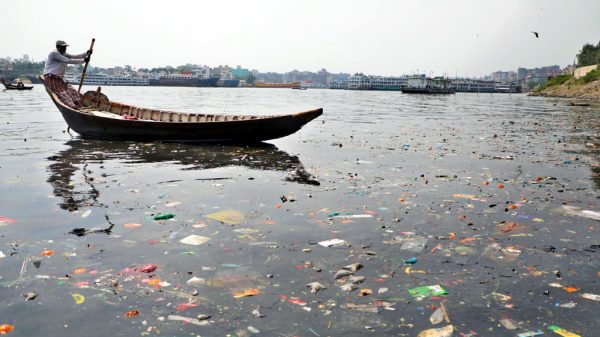











Leave a Reply